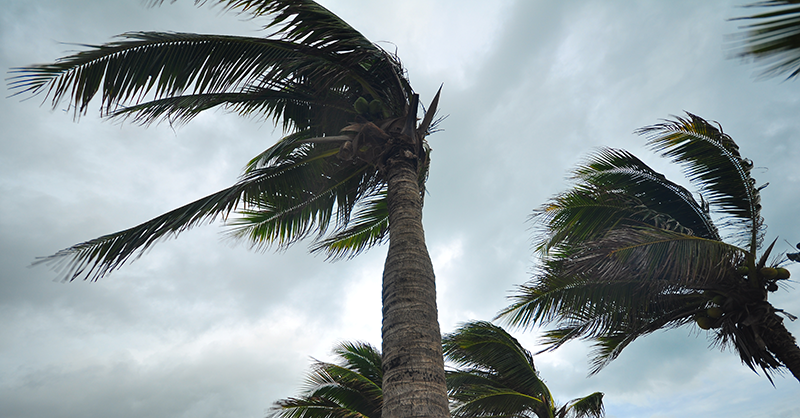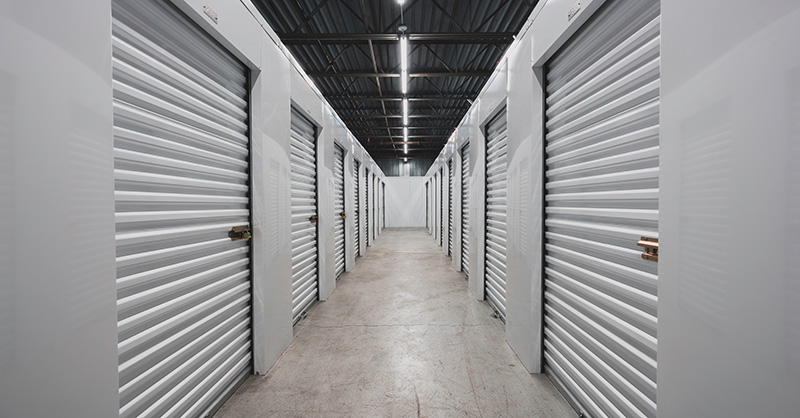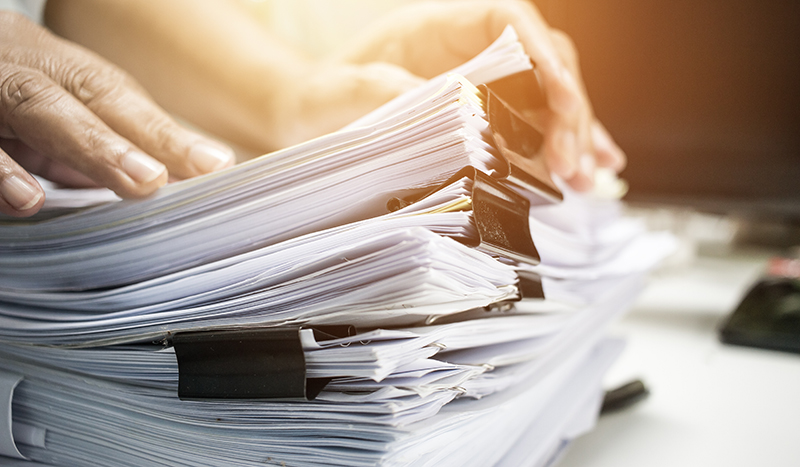Navigating the Storm: Protecting Your Organization from Hurricanes

Tropical cyclones, which include hurricanes, typhoons, tropical storms and other storm weather patterns have a devastating effect annually on the United States. Since 1980, they have caused $1.3 trillion in physical damage with each event averaging $22.8 billion. Environmental consequences include but are not limited to disrupting ecosystems, polluting drinking water, shoreline erosion and more. There are also significant indirect and/or hidden costs, such as displacement when habitants are forced to relocate, increased insurance premiums for affected regions, lack of typical municipal resources while they are directed at recovery and more.
To minimize the fallout from these inevitable events, preparation is vital. Due to the magnitude of these storms, it’s nearly impossible to prevent loss completely. However, knowing the proper safety steps to take before and after the storm significantly raises chances that your property will survive with the least possible damage.
Hurricanes: A Growing Threat
2024 brought several events that continue to provide evidence for possible effects of climate change. The globe experienced its hottest July since temperatures began being recorded in the late 19th century. July 2023 set a record for the highest sea surface temperature in the 174-year history of the National Oceanic and Atmospheric Administration. 2024 was the warmest year on record, and 2025 is on track to be the second or third hottest year on record. These rising temperatures not only provide exacerbating conditions on their own, but they also reduce vertical wind shear, which increases the chances of tropical storms developing.
In September 2024, Hurricane Helene sent winds reaching 140 miles per hour winds through Florida, Georgia, South Carolina, North Carolina, Virginia, and Tennessee. Hurricane Helene was the most powerful hurricane ever recorded in Florida’s Big Bend region. The most severe damage from Hurricane Helene was caused by the unprecedented rainfall and flooding across the western portion of North Carolina.
According to tropical weather researchers at Colorado State University, the 2025 hurricane season is anticipated to be more active than a typical season with a 48% chance that a major hurricane will make landfall along the U.S. coastline. From 1991 to 2020, there were an average of 14.4 named storms, 7.2 hurricanes and 3.2 major hurricanes. In 2025, expectations include 16 named storms, eight hurricanes and three major hurricanes.
What to Do Before the Storm?
Tropical cyclones present several threats. Although strong wind may be the primary one typically associated with storms, water hazards including storm surge and heavy rainfall present greater hazards. Here are some practical tips you can implement to maximize damage prevention for your property:
- Pre-inspection: Complete a thorough documented inspection of your property to identify potential problems that can be addressed before a tropical storm arrives. It is essential to complete this before a hurricane watch (36 hours in advance) or warning (24 hours) is issued to allow ample time to make the improvements.
- Consider hiring an architectural or engineering professional certified by a state or municipal retrofit program to determine how your property can be retrofitted.
- Window protection: Install storm shutters, or board up windows using five-eighths inch marine plywood cut to fit. Avoid using tape because it does not prevent breakage.
- Seal openings: Cover exterior openings such as vents and outdoor electrical outlets using urethane-based caulk to prevent water intrusion.
- Strengthen doors: Install hurricane-proof doors that have at least three hinges and a one-inch long dead bolt lock. For sliding glass doors, install tempered glass and protect them the same as windows with shutters or plywood. For garage doors, which can leave a building especially susceptible due to the size of the openings they cover, install doors and tracks that are approved for wind pressure and impact protection.
- Reinforce roofing: Install straps or hurricane clips to secure connections that prevent the roof from lifting off during tropical storms. For gable end roofs that are more vulnerable, add bracings to reinforce and increase wind resistance.
- Landscaping: Remove weak trees that could fall on your building. Cut branches and trim shrubbery that could cause damage. Replace gravel and other masonry landscaping with fire-resistant materials that will cause less damage.
- Secure outdoor property: For larger property such as boats or trailers, determine where they will be moved. For smaller outdoor items such as furniture and garbage cans, bring them inside. Portable fuel tanks should be stored in outdoor cages, anchored and ventilated. If not anchored, consider bringing indoors only if the storage space is rated for hazardous materials equipped with proper ventilation and fire suppression. If objects such as fencing or mailboxes can be safely secured to the ground, this is another viable option.
Important Steps to Take After the Storm
- Hazard check: Conduct a visual walkthrough to observe conditions that could cause further damage if not immediately addressed. Secure any loose property or items that can be safely handled.
- This should include checking utilities. Make sure electric service is off in vulnerable areas and there are no gas leaks. Consider purchasing a backup generator to provide power and operate equipment after the storm.
- Post-inspection: Complete a documented inspection to note damage from the tropical storm as thoroughly as possible. It is ideal to include photographs and/or videos for adequate recordkeeping, especially the exact conditions in the immediate aftermath.
- Consider hiring a professional to complete the hazard check and inspection.
- Notify insurance company: Contact your insurance company representative to file a claim to ensure property damage/loss is addressed. Prompt reporting is essential to maximize mitigation and replacement.
- Clean up debris: Safely remove debris from the building and around the property that could exacerbate damage if left unchecked.
- Prevent mold and contamination: Dry out wet areas and clean surfaces with disinfectants.
Learn More About Hurricane Cleanup and Recovery Safety Measures
Cleanup work of any kind is hazardous, but flood conditions make it even more so. Common cleanup and recovery hazards include falls, heat/sun, fungi, electrical, insects/reptiles/snakes, waterborne contamination, fire and more. Explore the procedures you should follow while cleaning up that can help ensure your safety.
Additional Tips Hurricane Safety Tips
- Emergency plan: Consider drafting a comprehensive formal written plan that addresses all efforts to be taken during and after a tropical storm. This will help to ensure that all possible measures are being considered and implemented to prevent and mitigate damage. It can be easy to overlook a simple measure in the chaos and aftermath of a tropical storm.
- Stay informed: Take time to learn about your property, including elevation and if it is located in a flood zone or in an area prone to flooding. Identify nearby bodies of water as well as levees, dams, etc. Ensure information is being gathered from official sources that are qualified to provide reliable information.
Don’t Forget: Preparation is Key in Helping to Keep Your Property Safe
Weather patterns are unpredictable in general, but all reliable statistics point to a modern climate that is especially uncertain for coastal property owners. The threat of a looming tropical storm and the task of adequate preparation can be particularly daunting. Minimizing loss will be directly tied to the effectiveness of the risk management procedures developed and executed before, during and after the storms. The more actions that can be taken now to address this uncertainty before a tropical storm arrives, the greater the chance that your property will survive.









